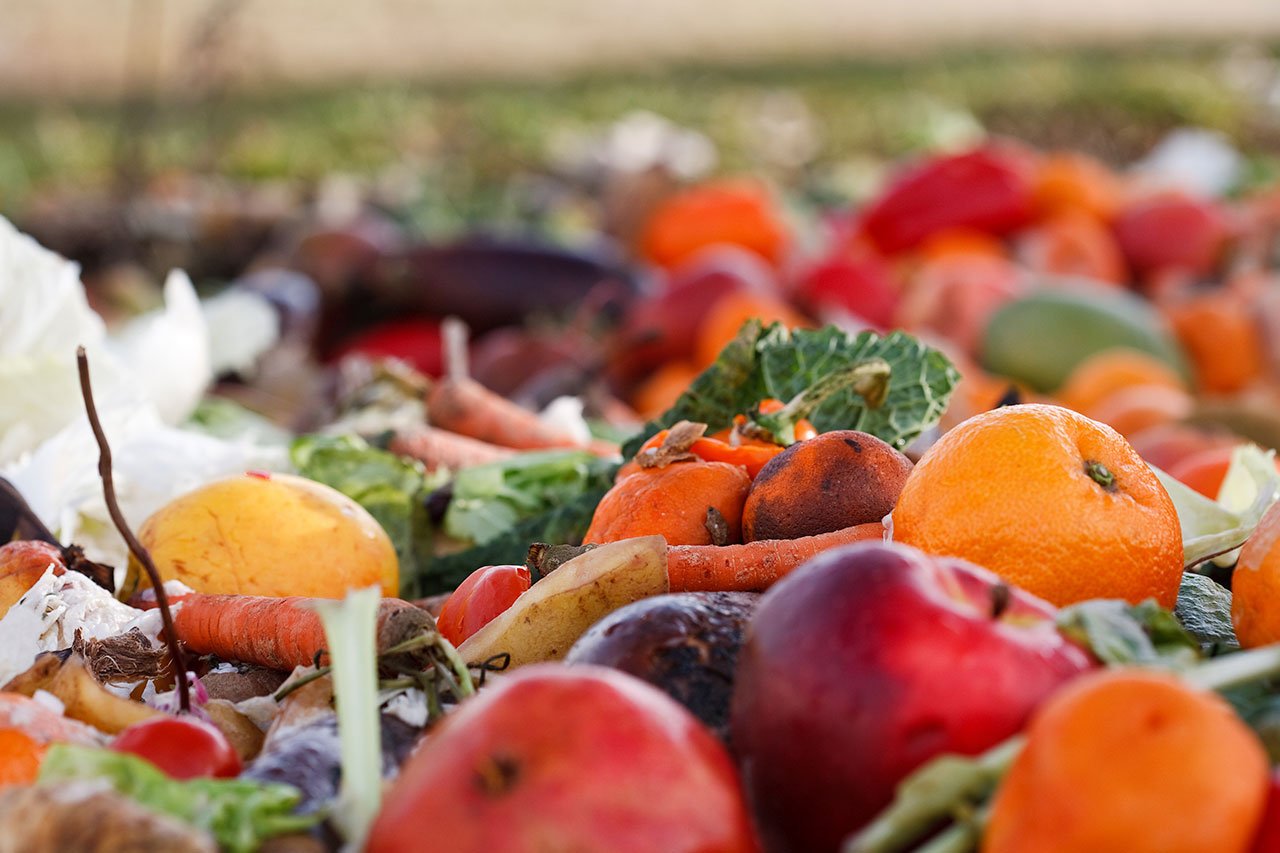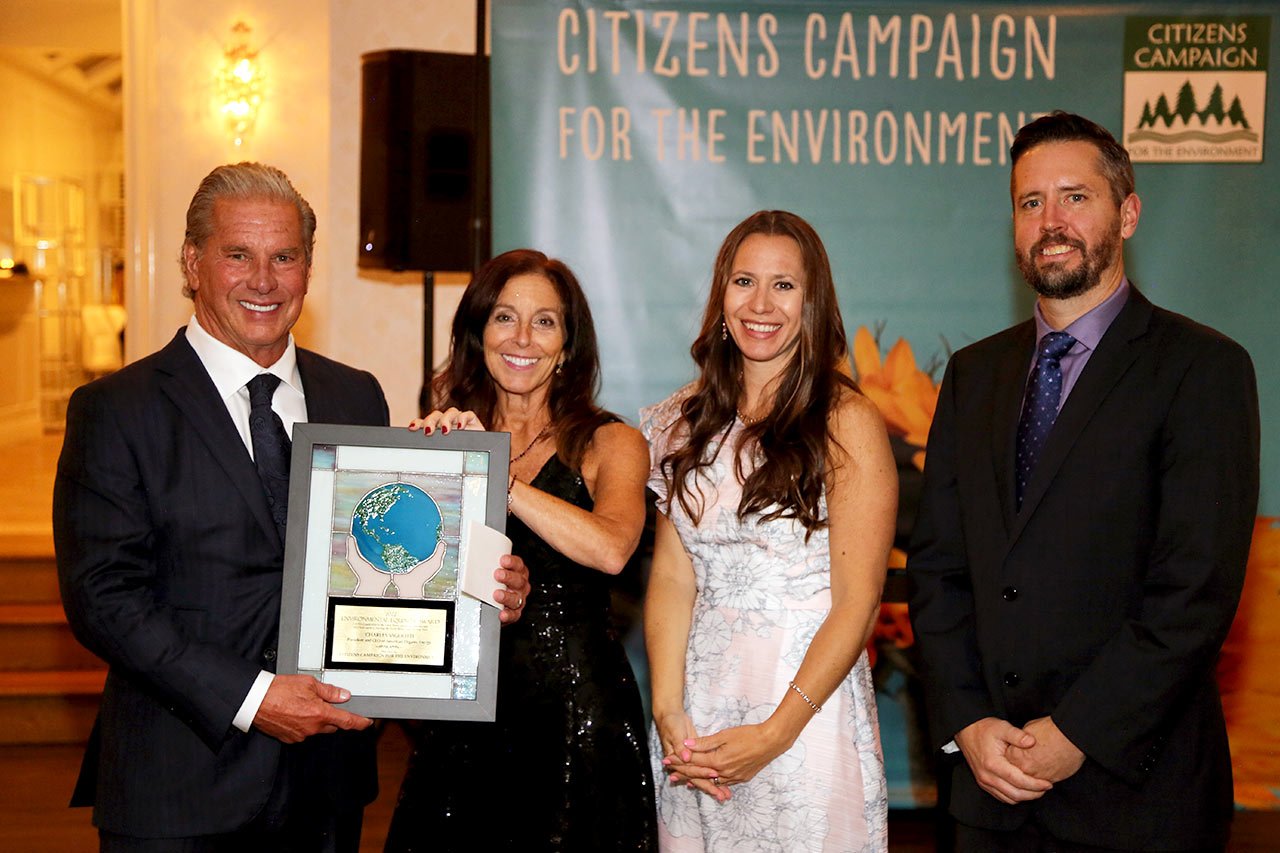Introducing organic matter to soil increases plant growth and is something golf course architects and maintenance professionals are examining more closely in recent years. In nearly every type of climate, properly engineered compost can help establish and foster root growth while maintaining the integrity of the drainage properties.
Paul Sachs of Ecological Turf Consulting in Bradford, Vermont recently contributed an editorial in a Vermont publication that rings true and should be of interest in this golf-rich downstate New York region. “Most golf course architects insist on sand-based greens, tees, and fairways for its water draining characteristics, however, this near-obsession with drainage is obscuring our view of other necessary components of the plant-growing system. It’s a little like washing and waxing a car twice a week but never changing the oil.” Sachs argues that “well-made, mature compost mixed with sand and topdressed is the best way to gradually build levels of humus in the soil.”
While the practice of utilizing rich compost to augment course maintenance efforts never disappeared, it took a back seat to the agro-chemical approach developed in the 1950’s. The recent surge of interest can be linked back to an Ohio State University study published by Mike Boehm and Joe Rimelspach, along with Dan Garling and Dan Dinelli. The study addresses the chemistry behind successful applications and the balance in composition relative to the climate and particular areas of the courses. The researchers posit that a “major reason that composts became less popular in the early 20th century is that they were highly variable in their chemical, physical and microbiological characteristics. This has not changed. Even though our understanding of the composting process is improving, achieving consistency with compost still can be difficult.”
“The organic nature of the compounds we use in our compost products doesn’t make the process non-scientific,” says Charles Vigliotti, CEO of American Organic Energy and Long Island Compost. “In fact,” he continues, “the chemistry behind our engineered soils is a complex process that requires an understanding of the proposed application, environmental factors, biodiversity, drainage and more.”
“…this near-obsession with drainage is obscuring our view of other necessary components of the plant-growing system. It’s a little like washing and waxing a car twice a week but never changing the oil.”
Beyond the science, there are physical characteristics of the compost to consider such as size of the particles used in topdressing. In an interview with GolfCourseIndustry.com, Scott Kinkead of Turfco Manufacturing spoke about topdressing with compost saying, “it covers a very wide spectrum, so if you’re integrating it into your golf course you need to define it clearly. The last thing you want to do is start using something and have the particle sizes changed on you.”
The good news for superintendents who choose to examine this option is that their process doesn’t have to change much at all. After a proper evaluation of the course characteristics determines the best mixture, the path forward is familiar. Even the Ohio State study concludes that, “Once you've selected a compost, application is relatively easy. The most common strategy is to topdress in conjunction with typical hollow-tine core aeration. This is best performed in the spring or fall when turf growth and recuperative potential is greatest.”
Once you have decided to pursue composting and organics, whether your efforts are supplemental of comprehensive, Boehm and Rimelspach advise course managers to, “be clear about your rationale for using compost topdressing. Without a doubt,” they continue, “this practice can benefit turf, but make sure the benefits match your specific needs. Keeping your goals in mind will lead to good decisions about product selection, application and timing, and help you fine-tune your program as you gain more experience with compost.”
Long Island Compost’s Vigliotti agrees with this sentiment. “Utilizing organics such as our engineered soils isn’t a fad. There are time-tested benefits to this approach but it’s important to spend the time up front to see the big picture, make a plan and ensure all of the stakeholders are committed to getting it right.”
Read more about topdressing golf courses here.
If you manage a golf course in the Greater New York region and would like an assessment of your course to see if composting is the right approach, contact Gia Vigliotti, Director of Sales, at gvigliotti@licompost.com








